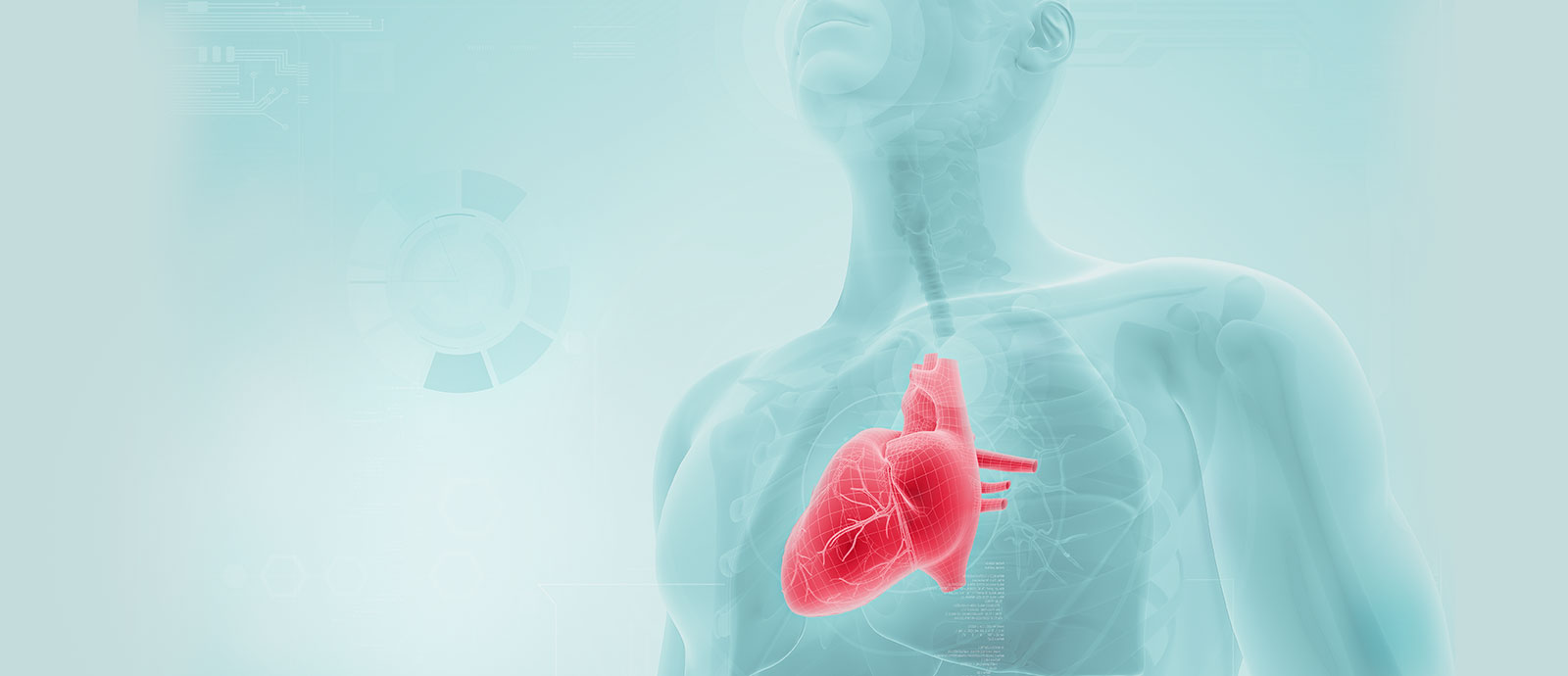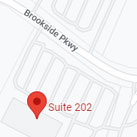Electrocardiogram
What is an Electrocardiogram?
An electrocardiogram or ECG (also called an EKG) is a common, painless test that records the electrical activity of the heart and converts it into lines called "waveforms" that can be seen on a monitor or printed out on paper. The waveforms created by the ECG can be divided into time segments to measure the rate of movement of the heart's electrical impulses.
How The Test Is Performed?
An ECG is a safe, commonly performed heart test that rarely causes discomfort. The patient lies down and "electrodes" at the end of wires (or leads) are attached to each arm, leg and the chest. Electrodes are sticky patches that attach to the skin, or suction cups applied with conductive paste that are easily peeled off once the procedure is completed. There are no needles used and the test is painless. The ECG takes about ten minutes from start to finish, but the actual recording of the heart's electrical activity usually is done in a matter of seconds. The places where the electrodes are attached are cleaned, and in some cases, it may be necessary to shave or clip the hair. Patients are required to remain still, and are sometimes asked to hold their breath for short periods of time.
How To Prepare For The Test
There is little preparation necessary for an ECG, and you may eat or drink fluids before and after the test. You may be asked to wear a hospital gown for the test, and all jewelry should be removed. Also, be sure to tell your doctor or the person who performs the ECG if you are taking any medications. Some medications can affect the electrical activity of the heart, and this information is important in order for the doctor to interpret the exam correctly.
The 12-Lead ECG
The most common type of ECG is called a 12-lead ECG. In this test, 12 electrodes are attached to the skin of the arms, legs and chest to give 12 different views of the heart as electrical impulses travel through the muscle. Each of 12 views created by the ECG is shown in a short segment on the printed ECG report generated by the ECG machine. Often, a longer reading of one of the 12 views is printed out on a "rhythm strip."
A Rhythm EKG
A bedside monitor that performs electrocardiography is called a rhythm ECG, which usually has from one to three electrodes. This is used when patients are hospitalized and require monitoring of the heart for an extended period of time.
How an ECG is Recorded?
The electrical activity of the heart forms a series of waves and complexes that have been labeled (in alphabetical order) the P wave, the QRS complex, the T wave and the U wave. The waves are separated by regular intervals in patients with a normal heartbeat. When the intervals are not regular, it may be a sign of heart disease or other problem.





